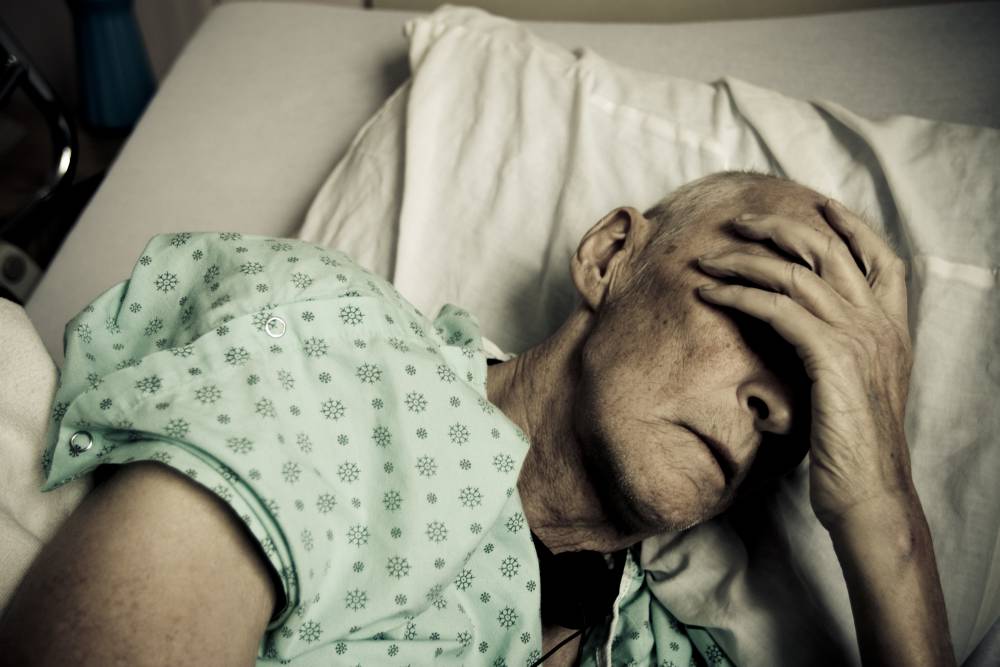
As a person enters the latter stages of life their susceptibility to injury and illness rapidly begins to escalate.
After years of gaining knowledge through the trials and tribulations of day-to-day life, the state of our mental and physical wellbeing in our twilight years is a generally a reflection of the choices that we have made along our journey.
As the body and mind deteriorates our ability to maintain independence also begins to decline, resulting in an increased need for care and the heightened risk of hospitalization.
A new study that was carried out by Monash University and focused on elderly Victorians, is beginning to shed some light on the injury toll that hospitals encounter from aged care residents.
And hopefully statistics like this can play a part in focusing the resources of aged care in the areas where they are needed the most.
The Statistics
The study itself which was taken across a 10 year period between 2007 and 2017, revealed that 14,896 people were admitted to hospital with unintentional injuries and the vast majority of them (64.8%) were aged 85 and over.
According to the study, hip and thigh bone breaks account for 18.2% of all injuries that resulted in aged care residents being admitted, while the second most common injury that accounted for 12.4% of all admissions were open wounds to the head.
Fractures were found to be twice as common among patients with a diagnosis of dementia, but remarkably the prevalence of open wounds to the head actually decreased in regards to those living with dementia, with a rate of 6.1% compared to 13.1% among those without dementia diagnosis.
The most common cause for the vast majority of these injuries was falling, which accounted for an astonishing 87.9% of the bumps, bruises and breaks being sustained by the elderly that reside in aged care.
Discounting physical injuries, choking and suffocation related issues ranked as the second most common cause for hospital visits from dementia patients. The study also indicated that these issues were significantly more prevalent for those diagnosed with dementia when compared to those without a dementia diagnosis.
While the report was focused on aged care residents, this did include elderly people who were receiving care in their own homes. And this report identified a trend of older people choosing to stay in their homes as opposed to moving into aged care facilities.
The Recommendations
The fact that falls account for a large proportion of hospitalization is somewhat expected due to the age bracket, but the alarming magnitude of these injuries indicates a need for aged care facilities to refocus on fall prevention and post fall management.
Those aged 85 and over had the highest frequency of injury-related hospital admissions, which indicates a needs to focus on fall preventative measures for Australians within that age bracket.
Residents living with dementia revealed an added layer of vulnerability and are almost 200% more likely to be admitted to hospital due to choking/suffocating than those without dementia.
This disparity clearly reveals a need to develop and implement choking and suffocation preventative standards and guidelines that are specific to residents that are living with dementia.
Due to the volume of older Australians choosing to remain in their homes rather than in care, the report also recommends State and Federal-funded investigations into injury and injury prevention among those receiving care in their own home.